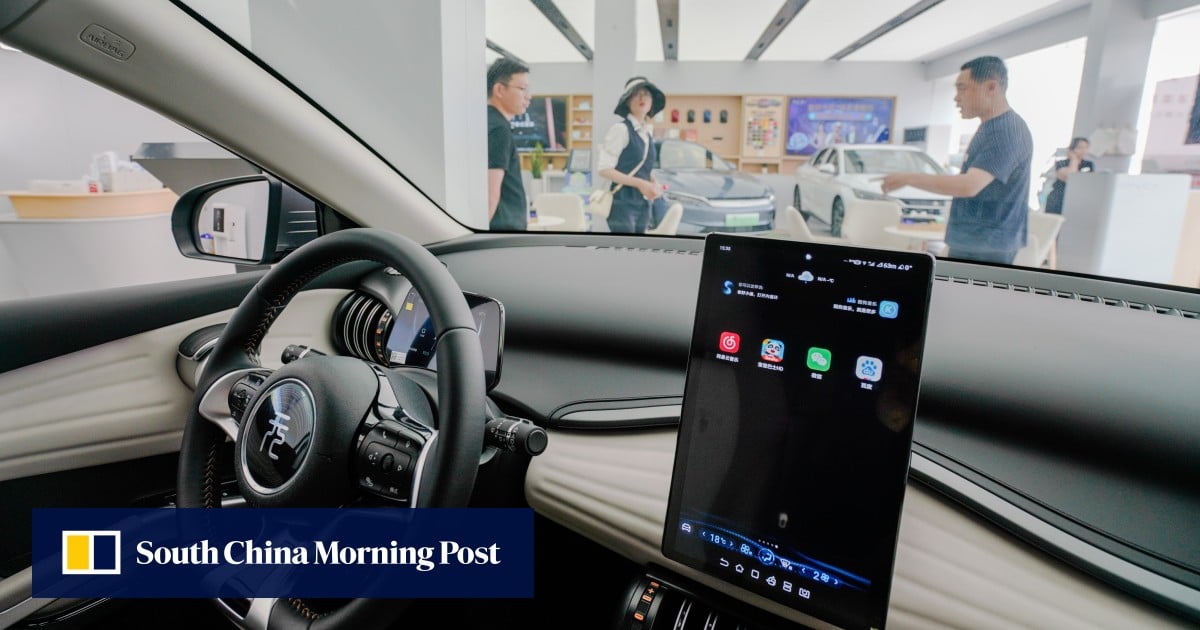“In the coming five to 10 years, regions such as Southeast Asia, Europe, Latin America and parts of Africa are expected to have high demand for Chinese-made cars and electric vehicles,” said Matteo Giovannini, a senior finance manager at the Industrial and Commercial Bank of China and a non-resident associate fellow at the Centre for China and Globalization.
Giovannini cited economic growth, urbanisation, government policies, environmental regulations, advancements in EV technology and changing consumer preferences as reasons for the spike.
The trend of Chinese EV and battery makers building overseas factories or taking part in joint ventures foreign companies would “intensify”, Giovannini added, as cost and efficiency considerations weigh on companies looking to expand along with a pressing need for diversification against risk. Economic incentives and global market integration are also playing a role, he said.
Figures from the China Association of Automobile Manufacturers as quoted by Fitch Ratings showed that EV exports from the world’s second-largest economy rose 30.5 per cent year on year for the first half of 2024, a total shipment of 2.8 million units.
“We expect demand for China-made cars and EVs to transform into demand for Chinese-branded or Chinese-licensed cars and EVs over the next decade,” said Yang Jing, director of Asia-Pacific Corporate Ratings at Fitch.
Chim Lee, senior analyst for Asia (China) at the Economist Intelligence Unit (EIU), said that some markets will see explosive EV demand growth thanks to copious incentives and subsidies.
“Even in the conventional internal combustion engine passenger car segment, Chinese proprietary brands have been gaining market share in certain geographies like Saudi Arabia,” he added.
“Some countries have rolled out rules that require carmakers to invest in factories there if imports have exceeded certain levels,” said Zhang Xiang, general secretary of the International Intelligent Vehicles Engineering Association, an industry trade group. “For example, Thailand and Brazil have these policies.”
Some big Chinese carmakers would choose to make overseas investments, Zhang said, because high demand in those markets would justify the expense and provide a reasonable return.
The global EV supply chain is already shifting to accommodate the upswell in demand, as countries seek to maximise the benefits of the resources or advantages they have in relation to the sector.
“So far it appears that Chinese companies could emerge as the main beneficiaries of the bans and nationalisation plans,” said Gregor Sebastian, a senior analyst with the group.
“In comparison to global rivals, [Chinese] firms often have closer ties to downstream customers and financial resources to invest in local refining.”
To evade scrutiny, Chinese firms are becoming increasingly creative in their overseas engagements
As markets with major automotive sectors are concerned their local industries will be affected by imports, Lee at EIU noted that governments are using a combination of “carrots” and “sticks” to attract Chinese investment and localised production, with investment incentives and import tariffs serving a complementary function.
Stephen Olson, a senior adjunct fellow at the Pacific Forum and a visiting lecturer and non-resident fellow at the Yeutter Institute, said that Chinese companies now “expect joint ventures to be pursued primarily to obtain some specific strategic advantage the foreign partner could provide”.
“To evade scrutiny, Chinese firms are becoming increasingly creative in their overseas engagements. For example, Geely-owned EV producer Polestar aims to outsource part of its vehicle production to Renault’s South Korean plant in Busan before the vehicles are shipped to the US,” Sebastian said.
“The same is true for CATL’s licensing arrangement with Ford, which could be compliant based on current rules. Ford has pushed for CATL’s continued involvement in the US market, despite still-heavy political scrutiny over the deal.”


